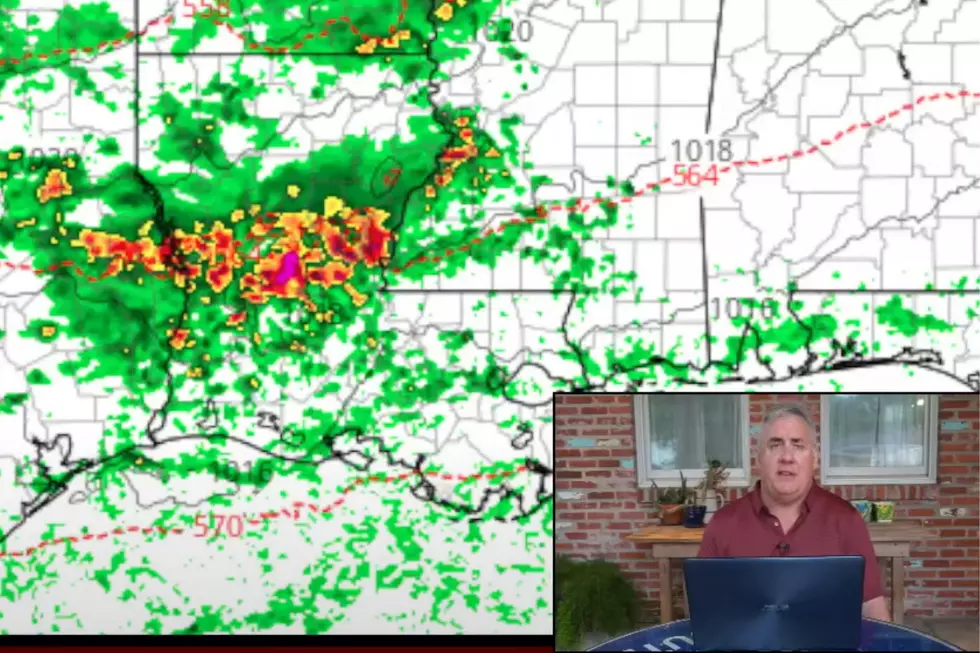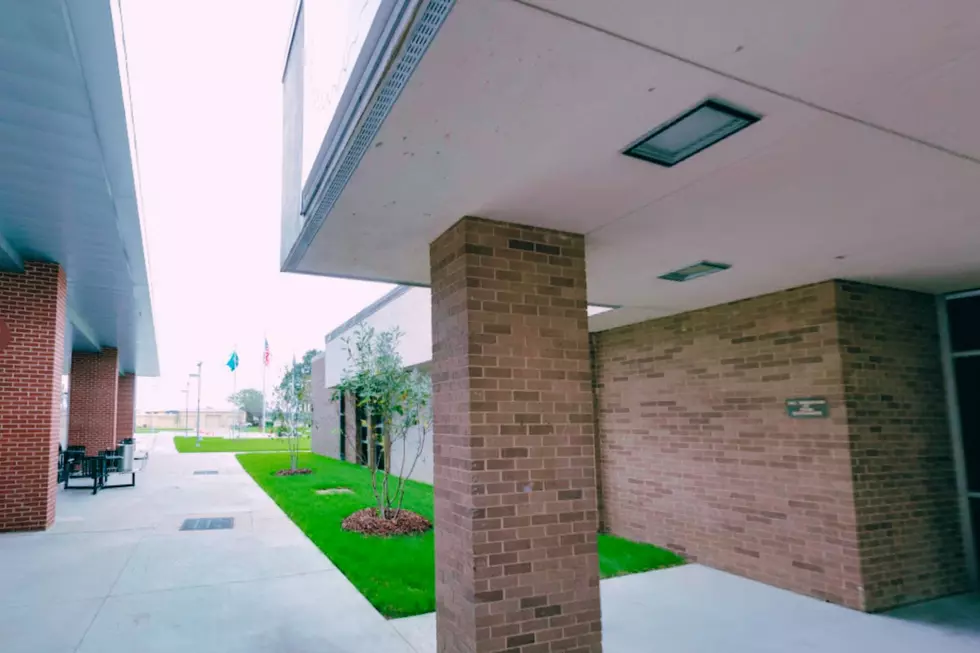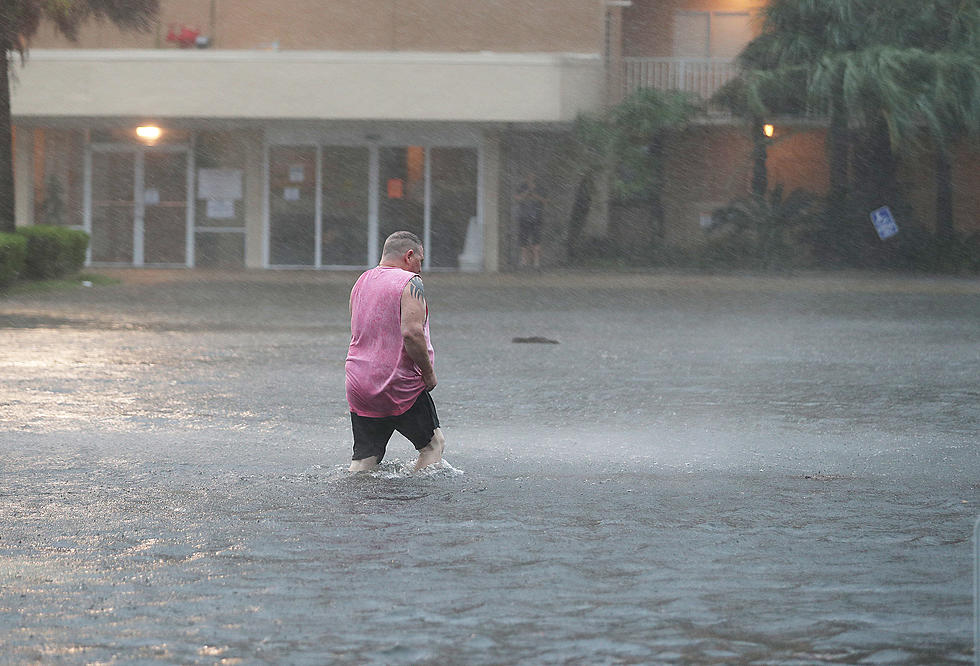
Constant Rain Could Mean Disaster For Louisiana Farmers
While the frequent rains have kept typically high August temperatures down, it has been anything but a blessing for Louisiana's farmers worried about root rot and drowning plants.
"My biggest concern right now is that it won't stop raining and the forecast is for it continuing for another week," Louisiana Commissioner of Agriculture Mike Strain told the USA Today network. "There's a tremendous concern for the soybeans and the concern for other crops still in the field will escalate if the rain continues."
One farmer also told said in an interview that it's not just the amount of rain but how long crops have been rained on.
"It's bad; really bad," said Tensas Parish producer Ben Guthrie, who family planted about 4,000 acres of soybeans this year. "It's already pretty clear that there is a good bit of sprouting and rot and pod degradation, and it's still raining."
[...]
"Southwestern Tensas Parish got 9 inches in one day," Guthrie said. "Worse than the amount of rain is the duration. Beans have been wet for more than seven straight days now. You can't overcome that."
Heavy and consistent rains all over the state have impacted farmers at a time they should be celebrating a major and successful harvest. The United States Department of Agriculture was forecasting as recently as August 12 that the soybean crop for this year was going to be higher than normal.
According to the National Agricultural Statistics Service (NASS) "Area for soybean harvest is forecast at 87.2 million acres with planted area for the nation estimated at 88.0 million acres, up 1% from last year."
"Soybean yields are expected to average a record high 51.9 bushels per acre, up 0.5 bushel from 2021," it also reported.
Strain also said that it was too soon to tell if the consistent rains and damage to crops and crop yields would be enough to qualify for federal aid.
"We're going to continue monitoring the situation and work to get any and all assistance after we can determine the damage to our crops," Strain told the USA Today Network.
The damages overall could exceed $100 million by some estimates.
LOOK: The most expensive weather and climate disasters in recent decades
More From News Talk 96.5 KPEL









